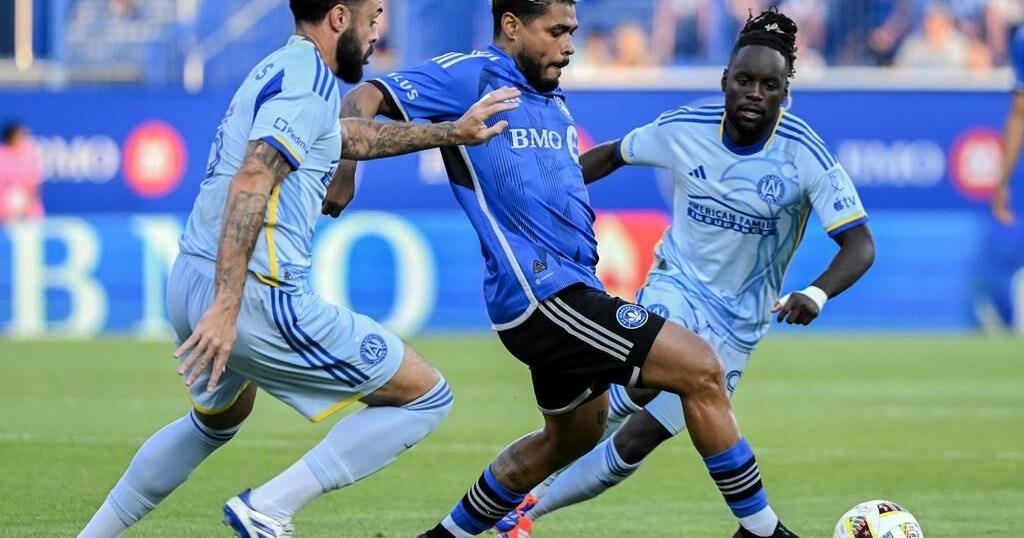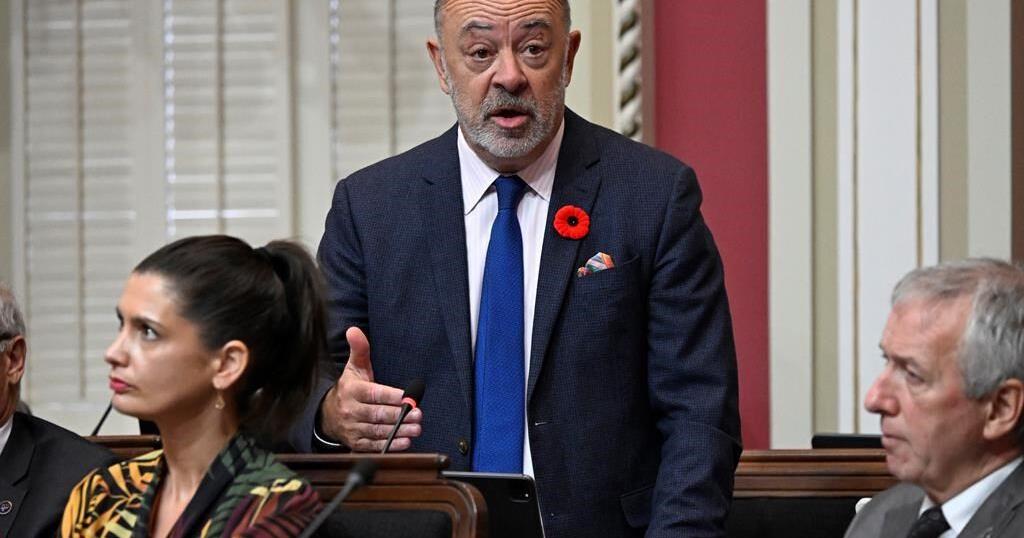MONTREAL – Brazilian wingback Ruan scored in the 51st minute as CF Montreal edged Atlanta United FC 1-0 in Major League Soccer play Saturday night.
Raheem Edwards floated a perfectly weighted cross to the far right post before Ruan headed the ball across goal and into the net as a sold-out Saputo Stadium crowd of 19,619 fans erupted.
Montreal (6-9-8) extended its home undefeated streak to seven games, earning its third win over that stretch.
The win pushed Montreal — which entered the match 11th in a tight Eastern Conference — two points ahead of Atlanta in the standings.
Atlanta (6-11-6) went down to 10 men in the 55th minute as Stian Gregersen earned a red card with his second yellow of the night drawn by Ruan.
The visitors dropped their fourth straight in all competitions, including a surprise 2-1 defeat to lower-tier Indy Eleven in the U.S. Open Cup quarterfinals Tuesday.
Despite going up a man, Montreal struggled to put the game well out of reach.
Atlanta winger Saba Lobjanidze made a great run in the 70th and nearly deked Montreal’s Joaquin Sosa but had his shot blocked.
Josef Martinez and Ruan had consecutive golden opportunities to put the game away in the 75th.
Substitute Mason Toye laid a pass to a wide-open Martinez in the middle of the box, but Atlanta goalkeeper Brad Guzan stopped the Venezuelan striker. The ball fell to Ruan with a gaping net but he sailed his touch over the net.
Jules-Anthony Vilsaint created a chance of his own after coming on as a substitute. He beat his defender down the left flank to go on a break, yet Guzan once again shut the door.
In the dying minutes, Vilsaint went on the break again. This time he sent the ball to a trailing Toye, who blasted a shot on net that Guzan reached out to tip over the bar.
Montreal dominated play in the first half, holding 65 per cent of the possession and attempting nine shots (three on target) to one for Atlanta.
The home side put the pressure on from the beginning as Ruan swung a ball into the box that Kwadwo Opoku nearly got a foot on in the second minute.
In the 20th, Ariel Lassiter cut in from the left flank for a low strike stopped by Guzan.
Montreal continued to control the ball while patiently waiting for an opening.
Edwards created one in the 33rd minute for Montreal’s best chance of the first half. He twisted and turned on the left side of the box to deke a defender, but Guzan made a solid save on his shot toward the top corner.
Minutes later, Martinez set up Lassiter with a chance at the edge of the box that went just wide. Lassiter drew a foul on the play, leading to a dangerous Martinez free kick that also missed the net as Montreal continued to press.
UP NEXT
Montreal: Visits New York Red Bulls on Wednesday.
Atlanta: Hosts New York City FC on Wednesday.
This report by The Canadian Press was first published July 13, 2024.























